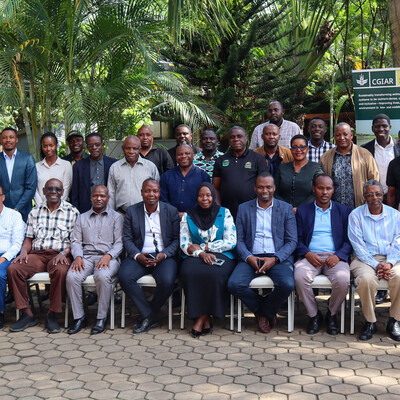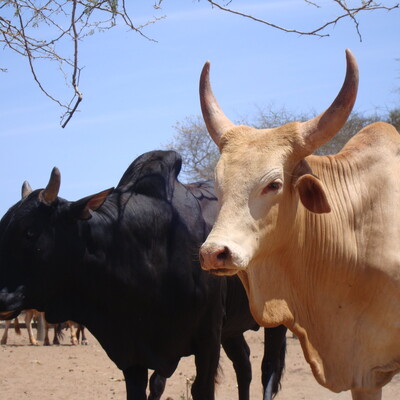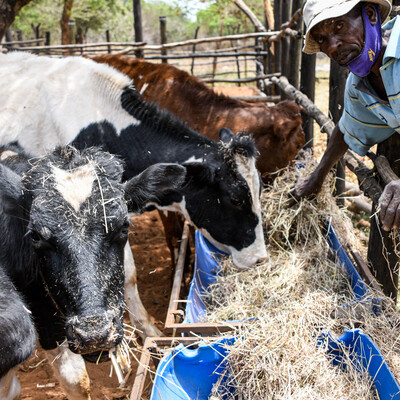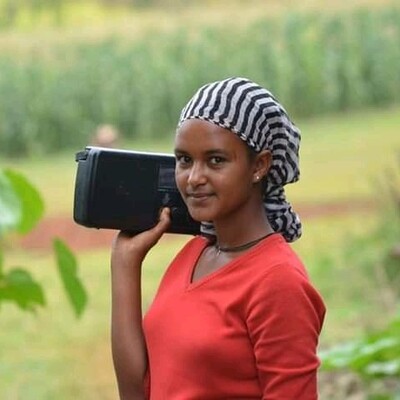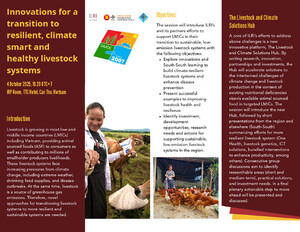
Uptake of Integrated Termite Management for rehabilitation of degraded rangeland in East Africa
This project builds on previous work related to livestock systems and water management, in particular the use of manure from night corralling of cattle as part of a strategy for overcoming apparent termite damage in Uganda’s Cattle Corridor. Termite damage is symptomatic of non-productive rangeland ecosystems and is associated with inappropriate land and water management. Addressing this problem has broader implications that are likely to impact on livelihoods of poor and vulnerable livestock keepers. This project will bring together technical solutions for integrated termite management (ITM) work with innovation system approaches in the context of the Nile Basin Development Challenge (NBDC) projects in Ethiopia. The work will focus on Nakasongola in Uganda and on Diga Woreda, one of the three priority study sites of the NBDC, with strategies to influence the wider regions where termites are a problem (the Cattle corridor in Uganda and similar locations in Ethiopian rainfed systems). The project aims to identify appropriate combinations of technical and institutional options for ITM at both the Uganda and Ethiopia locations through a process of shared learning and a focus on innovation. Strategies to engage development, extension and private sector partners through stakeholder groups will facilitate longer term solutions, beyond the project lifetime and taking results to scale. Partnerships with the NBDC, a development agency (CRS), and selected agencies for the Ugandan Government will foster scaling up of results within the target countries and beyond. The project provides opportunities for lesson learning about both the technical and institutional solutions for rehabilitating degraded rangeland landscapes associated with apparent destructive termite behavior.







